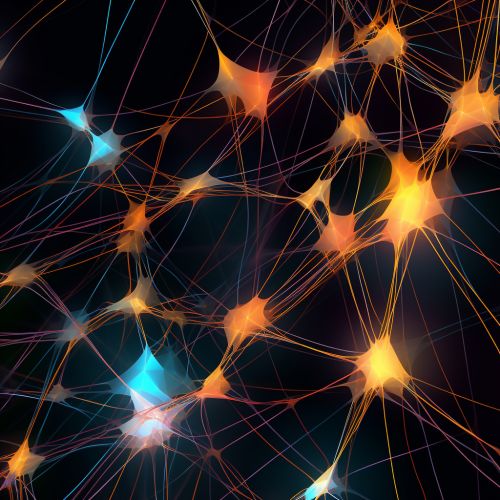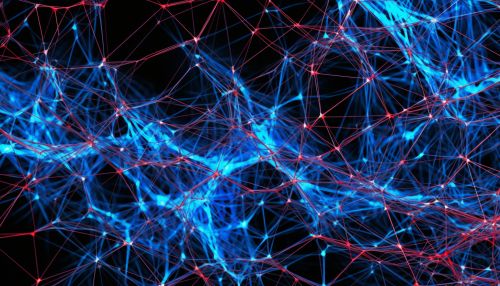Recurrent Neural Networks
Introduction
Recurrent Neural Networks (RNNs) are a class of artificial neural networks that are specifically designed to process sequential data by retaining a 'memory' of previous inputs in their hidden layers. This ability to remember past information and apply it to future predictions makes RNNs particularly useful for tasks involving time series data, such as speech recognition, language modeling, and machine translation.


Background
The concept of RNNs dates back to the 1980s, but they have gained significant attention in recent years due to advances in computational power and the advent of deep learning techniques. Unlike traditional feedforward neural networks, which process inputs independently, RNNs have loops that allow information to be passed from one step in the sequence to the next. This gives RNNs a form of internal state that allows them to process sequences of inputs, making them ideal for tasks that require understanding of context or memory of past events.
Architecture
The architecture of an RNN is relatively simple, consisting of an input layer, one or more hidden layers, and an output layer. The hidden layers are what make RNNs unique. They have connections that form directed cycles, creating a 'recurrent' structure that allows information to be carried across steps in the sequence. This recurrent structure is what gives RNNs their 'memory'.
Each neuron in the hidden layer of an RNN receives input not only from the previous layer, but also from its own output at the previous time step. This recurrent connection is typically represented as a loop on the neuron in diagrams of the network.
Training
Training an RNN involves adjusting the weights of the network to minimize a loss function, just like any other neural network. However, due to the recurrent nature of RNNs, a specialized version of the backpropagation algorithm, known as backpropagation through time (BPTT), is used. BPTT works by unrolling the entire sequence of inputs and outputs, applying standard backpropagation, and then rolling the sequence back up.
Despite its effectiveness, BPTT has a significant drawback known as the vanishing gradient problem. This problem occurs when the gradient of the loss function becomes very small, causing the weights of the network to update very slowly and making the network difficult to train. Various solutions have been proposed to address this problem, including the use of Long Short-Term Memory (LSTM) units and Gated Recurrent Units (GRU), which are variants of the basic RNN architecture designed to better handle long sequences.
Applications
RNNs are used in a wide variety of applications that involve sequential data. In natural language processing, for example, they are used for tasks such as language modeling, machine translation, and speech recognition. In these tasks, the ability of RNNs to process sequences of words and retain a memory of past inputs is crucial.
RNNs are also used in time series prediction tasks, such as stock price prediction or weather forecasting, where they can leverage their ability to remember past events to make more accurate predictions about the future.
Challenges and Future Directions
Despite their success in many applications, RNNs face several challenges. As mentioned earlier, they are difficult to train due to the vanishing gradient problem. They also require a lot of computational resources, which can make them impractical for large-scale applications.
However, research is ongoing to address these challenges and improve the performance of RNNs. For example, new architectures such as the Transformer, which uses self-attention mechanisms instead of recurrent connections, are being explored. Furthermore, advances in hardware and optimization algorithms are making it increasingly feasible to train large RNNs.
